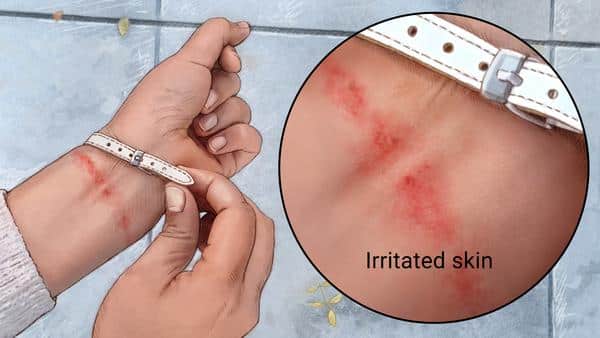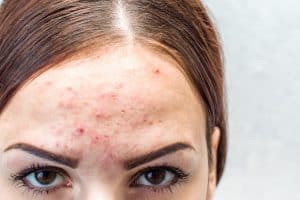Contact Dermatitis is a kind of allergic reaction that happens when the skin touches a substance or object that it is allergic to, this further causes a rash and maybe even some redness. Typically these rashes appear right after contact with the allergens, although sometimes it makes take time to appear. Pointers for contact dermatitis treatment is what this article will be focusing on.
To understand contact dermatitis better, lets assume for example, some people are allergic to certain kinds of metal, be it Gold, Silver, or Nickel. This would lead to rashes that cause itching and redness. There are no specific spots where this could happen; this kind of reaction will be cause in whichever spot or area of your skin the allergens come in contact with.
A patch test is mostly done if you got a dermatologist for a diagnosis. Although, in most of the cases the rashes are signs enough that you might have contact dermatitis (1).

Contact Dermatitis is classified into two types:
Irritant Contact Dermatitis: These are caused by objects mostly. In babies, it could be because of a diaper. In adults, It could because of the fabric that they’re wearing.
Toxic Contact Dermatitis: This is one kind that could result in being pretty harmful for the skin. This is caused when your skin is allergic to toxic substances, like battery fluid for example. These substances would not only cause an allergic reaction, but could also be harmful to your skin. In that case, it would be required of a dermatologist to take a look at it.
Tips to prevent Contact Dermatitis
The key to helping prevent contact dermatitis is by knowing what your allergens are and staying away from anything that might contain it. If you have already acquired contact dermatitis, there are few things you could do to help the condition.
For starters, wear clothes that feel easy on your skin, Apply an anti-itch lotion, but make sure you pass this by your dermatologist before you put it on your skin.
Stay away from the allergens completely, and definitely do not itch the rashes that you already have. Wash your hands at all times so that you don’t carry dust particles that might irritate your skin further. Use wet compresses that can cool your skin and reduce the itchiness. You can even apply petroleum jelly in the infected area (2).
Also read: Types of Skin Allergy: An overview
Treatment
Topical Contact Dermatitis Treatment: This is when a lotion or ointment is given to reduce the allergic reaction. It’s a non-invasive type of treatment that works its way from the surface of your skin (3).
Oral Contact Dermatitis Treatment: Oral medication is basically when your given some kind of medication that can help ease your immune system or hormones that are causing your system to react in such an extreme way, Corticosteroids are given to get rid of any imbalance that might have been there in your hormones, antihistamines help in easing the skin and reducing redness and irritation.
Contact Dermatitis is not a rare condition. Our skin is a sensitive organ so most of us have faced it at least once in our lives. In most cases, the allergic reaction will complete its due course and eventually leave you alone. In other cases, you might need a dermatologist to take a look at it.
Are your allergic reactions hard to manage? Here is a chance to be free of all your troubles. Download the CureSkin App now by clicking here to get the best treatment. It’s easy, fast and affordable!






